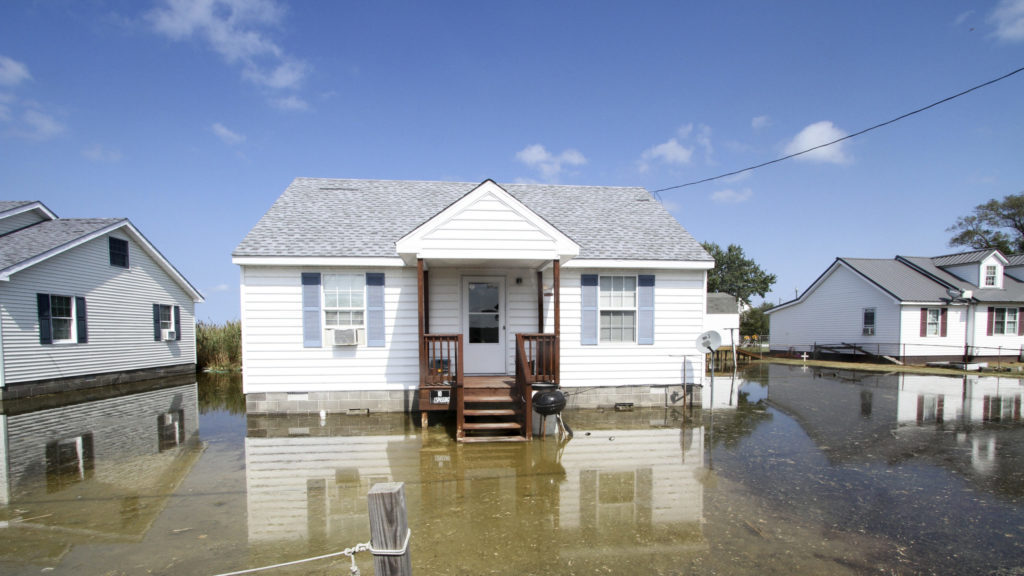Photo: U.S. Army/Patrick Bloodgood via Zillow and Climate Central
The FWD #146 • 283 Words
Sea level rise due to climate change threatens affordable housing in Virginia’s coastal communities
Just when you thought expiring use agreements and subsidy contracts were the only threats to affordable housing preservation, along comes climate change and consequent rising sea levels.
A recent report by Climate Central explores the vulnerability of affordable coastal housing to the increased risk of tidal and storm flooding. Virginia has the fourth highest number of affordable homes at risk, ranking behind just New York, New Jersey and Massachusetts. The number of at risk affordable homes in Virginia is projected to rise from 395 in 2020 to nearly 1,500 by 2050 under a mid-range sea level rise forecast. Both the cities of Norfolk and Portsmouth are among the top 20 localities in the nation with between 3.6% and 6.7% of affordable housing at risk by 2050 under a high carbon emission scenario.
The study looked at both federally assisted housing, using the National Preservation Database as well as naturally occurring affordable housing (NOAH) by analyzing the CoStar Building Rating System. It includes an interactive map that allows the user to test a variety of scenarios from best to worst case sea rise.
The study also concludes that affordable housing is more vulnerable to flooding as it tends to be older, poorer quality and rarely equipped with resiliency enhancing features. Enterprise Community Partners has outlined some of the solutions to increasing the resiliency of affordable homes in the “Keep Safe” Guide.
HousingForward Virginia continues to have housing resiliency as an important area of future focus. Let us know what information you need for your community and how we can help raise awareness of the problem and solutions.
